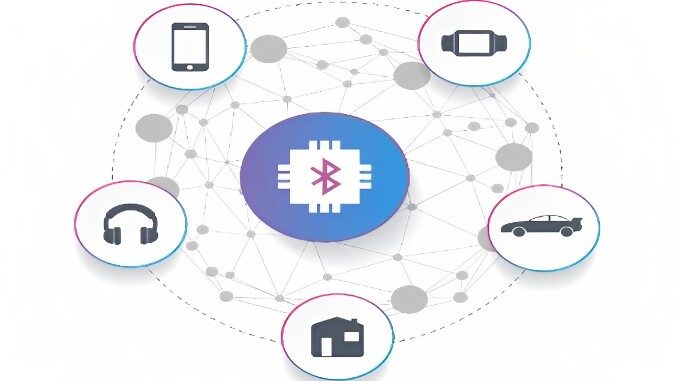
Bluetooth protocol is a wireless technology standard for exchanging data over short distances (typically less than 10 meters), using short-wavelength UHF radio waves in the industrial, scientific, and medical radio bands, from 2.400 to 2.485 GHz.
It was developed to support simple wireless communications between telephones, computers, and other devices, and has evolved to support a wide range of devices and use cases, such as wireless audio and music streaming.
- Bluetooth is a wireless technology standard IEEE 802.15.
- Bluetooth was developed as a way to exchange data over a short range without the need for wires and for short-range (no more than 100 meters) communication.
- It is in a star configuration, with a single primary device that controls several secondary devices.
- Bluetooth operates across both layers 1 (PHY) and 2 (MAC) of the OSI model.
Bluetooth Protocol Stack
The Bluetooth protocol stack is a set of protocols and standards used to define the communication between Bluetooth devices. It includes the following layers:
- Radio Layer: responsible for radio frequency communication between devices.
- Baseband Layer: performs data transfer and link management between devices.
- Link Manager Protocol (LMP): manages the link between devices, including establishing and maintaining connections.
- Logical Link Control and Adaptation Protocol (L2CAP): provides a multiplexing protocol for data packets and supports higher-level protocols.
- Service Discovery Protocol (SDP): enables devices to discover services provided by other devices.
- Telephony Control Protocol (TCS): handles telephony-related control signals for cordless telephones.
- OBEX (Object Exchange): a set of protocols for exchanging objects such as vCards, vCalendar appointments, etc.
These layers work together to provide a seamless communication experience between Bluetooth devices.
Bluetooth Low Energy (BLE)
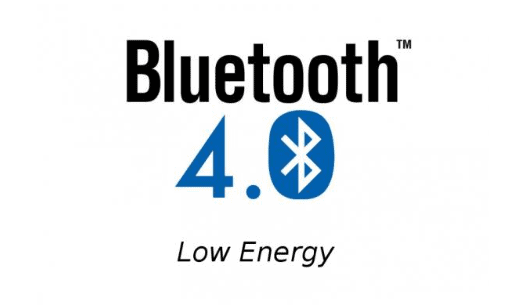
Bluetooth Low Energy (BLE) is a wireless personal area network technology that is designed for low-power consumption and is targeted for use in devices that require long battery life. BLE uses less power than the classic Bluetooth technology and is optimized for applications that need to run for extended periods of time on small batteries.
- Bluetooth Low Energy hit the market in 2011 as Bluetooth 4.0.
- Compared to Bluetooth, Bluetooth 4.0 has a low power consumption.
- With BLE’s power consumption, applications can run on a small battery for four to five years.
- Although this is not ideal for talking on the phone, it is vital for applications that only need to exchange a small amount of data periodically.
- Just like Bluetooth, BLE operates in the 2.4 GHz ISM band and supports data transfer speeds up to 1 Mbps.
- Unlike classic Bluetooth, BLE remains in sleep mode constantly, unless a connection is initiated
- The actual connection time is only a few milliseconds (ms), unlike Bluetooth which would take ~100ms.
- The data rates are high at 1 Mb/s, due to which the connections are short.
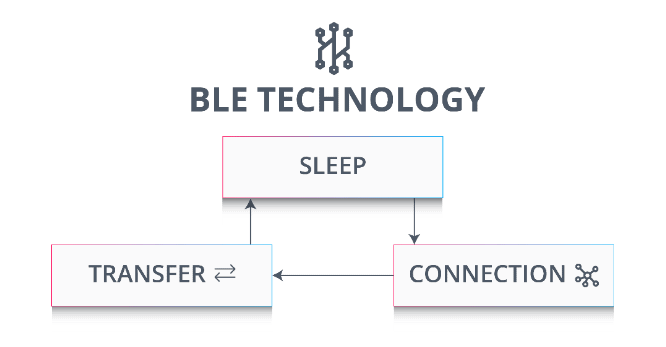
Examples of Bluetooth Low Energy (BLE)
Here, some common examples of devices that use BLE include fitness trackers, smartwatches, tablets, iPhones, home automation devices, smartphones, Android phones, Windows phones, and BlackBerrys.
Bluetooth protocol provides a way for these devices to communicate with each other over short distances, eliminating the need for cables and wires.
BLE’s IoT Applications
Here, some common applications of Bluetooth Low Energy (BLE) in IoT include:
- Wearables: BLE is used in fitness trackers, smartwatches, and other wearable devices for monitoring fitness and health data, receiving notifications, and controlling music playback.
- Smart Home Devices: BLE is used in smart home devices such as smart locks, lighting systems, and thermostats for remote control and automation.
- Healthcare: BLE is used in medical devices such as glucose meters, heart rate monitors, and inhalers for collecting and transmitting health data.
- Beacons: BLE beacons are used for indoor navigation, location-based advertising, and proximity marketing.
- Asset Tracking: BLE is used in asset tracking systems to locate and monitor the movement of valuable assets such as vehicles and containers.
- Industrial IoT: BLE is used in industrial IoT applications such as predictive maintenance, process optimization, and machine-to-machine communication.
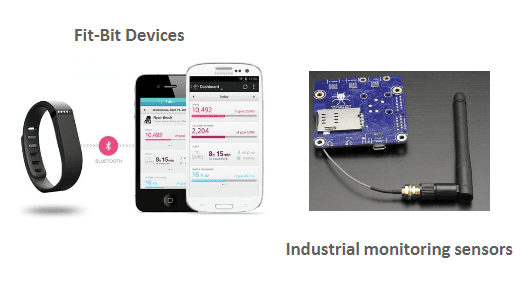

Use Case: Beacons Help Pregnant Women get Seats on Korean Trains.
What is Beacon?
A beacon is a device that transmits a Bluetooth Low Energy (BLE) signal to nearby devices, typically to provide location-based information or to trigger an action on a user’s smartphone. Beacons can be used for a variety of purposes, including indoor navigation, location-based advertising, and proximity-based messaging. They emit a unique identifier that can be detected by compatible devices and used to determine the device’s location or trigger an action in a mobile app.
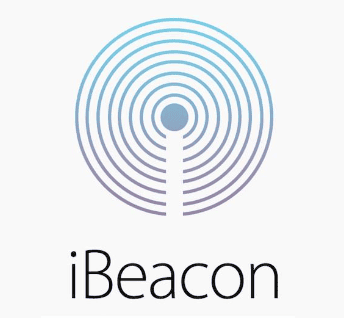
BLE Use Case: iBeacon (Protocol Developed by Apple)
- iBeacon is based on Bluetooth Low Energy proximity sensing by transmitting a universally unique identifier picked up by a compatible app or Operating System.
- iBeacon can be used to determine the device’s physical location, track customers, or trigger a location-based action on the device such as a check-in on social media or a push notification.
Use Case: Problem
- A beacon campaign called the “Pink Light Campaign” is being trailed on subways in the city of Busan, South Korea.
- To combat the risk of miscarriage for pregnant women by offering priority seating on public transport for them via beacons.
Use Case: Solution
- South Korea is eagerly encouraging its residents to have larger families given that the country’s birth rate is one of the lowest birth rates in the world.
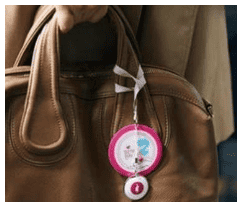
- The first beacon is attached to a bag or any accessory of pregnant women.
2. The second is the light sign that is installed on trains. As soon as a pregnant woman gets on board, the beacon she is carrying signals the light to flash.
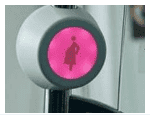
3. The blinking of the pink sensor lets people know that a pregnant lady is aboard and will need a vacant seat. This especially alerts other passengers who might be sitting in the courtesy seat.

4. Once the system detects that the woman is seated, the light switches off.
5. The system aims to make public transportation easier for pregnant women.
Also Read: Short-Range Wireless Communication Technology

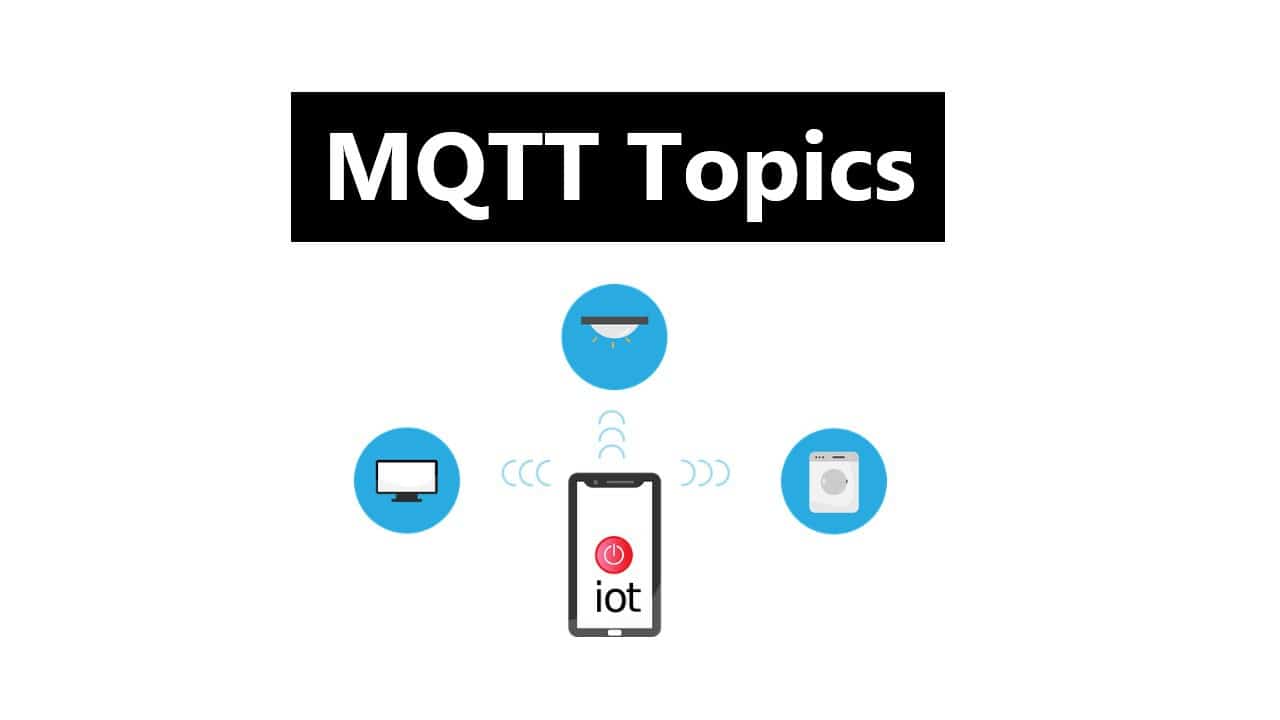


Be the first to comment